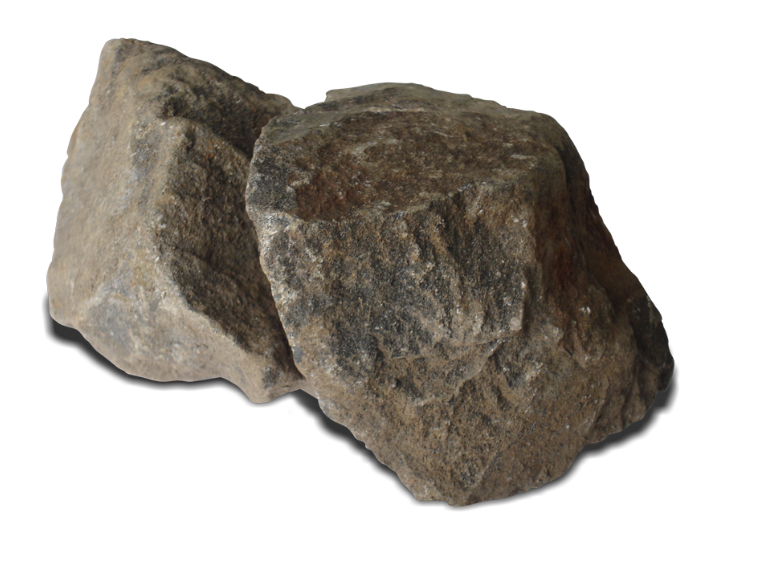Chrome ore
Chromite is the only ore from which chromium can be extracted. Chromium is an essential element for a wide variety of alloys, chemicals, and therefore manufactured products.
What is chrome ore?
Chromium is extracted from chromite ore. Chromite is an oxide mineral composed of chromium, iron, and oxygen (FeCr2O4).
Companies in South Africa supply chrome ore from the lower and middle group chromitites of the Bushweld complex and from the upper group chromitite seam (UG2) in addition to platinum group minerals.
Chromite is a part of the spinel group, which means that it is able to form a complete solid solution (a mixture of two crystalline solids that coexist as a new crystalline solid) with other minerals in the same group. It is dark gray to black in colour with a metallic to submetallic lustre and a high specific gravity.

How is chrome ore found?
Chrome ore is found in basic and ultrabasic igneous rocks and in the metamorphic and sedimentary rocks that are produced when chromite-bearing rocks are altered by heat or weathering.
There are two main types of chromite deposits: stratiform deposits and podiform deposits. Zimbabwe is the only country that contains notable chromite reserves in both stratiform and podiform deposits.
Stratiform deposits
Stratiform deposits, in layered intrusions, are the main source of chromite resources and are found in South Africa, Canada, Finland, and Madagascar. Stratiform deposits are formed as large sheet-like bodies, usually formed in layered mafic to ultramafic igneous complexes. This type of deposit is used to obtain 98% of the worldwide chromite reserves.
Podiform deposits
Chromite resources from podiform deposits are mainly found in Kazakhstan, Turkey, and Albania. ‘Pod’ is a term given by geologists to express the uncertain morphology of this deposit. This deposit shows foliation (repetitive layering) that runs parallel to the foliation of the host rock.
Podiform deposits are described as discordant, subconcordant and concordant. Chromite in podiform deposits form as anhedral grains. The ores seen in this type of deposit have nodular texture and are loosely-packed nodules with a size range of 5 to 20 mm.
What is UG2?
UG2 is a source of both platinum-group metals (PGMs) and chromite.
Companies in South Africa supply chrome ore as UG2, Upper Group 2 reef, during the production of Platinum Group Metals (PGMs).
UG2 tailings is the material left after the PGMs have been extracted from the UG2 ore through a floatation and concentration process. The UG2 tailings have low Cr:Fe ratios and chromite content, compared to conventional Lower Group (LG) and Middle Group (MG) chrome ores, which are the conventional chrome bearing ores mined in South Africa.
Chrome recovery plants
Chrome recovery plants (CRPs) are used to upgrade UG2 tailings, which have a typical chromite content of 10 to 25%, to UG2 chrome concentrate with chromite content of between 40 to 42%.
This concentrate can be used to charge ferrochrome furnaces. Although most CRPs produce only a metallurgical grade UG2 chrome concentrate, some CRPs are configured to also produce a foundry and chemical grade concentrate.
Where are the largest chromite resources?
Geologists estimate the complex represents more than 80% of global chromite reserves, covering an area of over 65,000 km² with a thickness of 7 to 9 km. It contains dunites, pyroxenites, anorthosites and oxides (chromite, magnetite), and displays a very well-marked horizontal layering, with layers a few mm to 100 metres thick, with an exceptional lateral continuity.
The complex is subdivided from bottom to top into five zones: Lower Marginal Zone, Lower Zone (LZ), Critical Zone (CZ), Main Zone (MZ) and Upper Zone (UZ). All are formed of cumulates.
The Critical Zone contains the platinum-group metals (PGM) and chromite mineralisation.
Market Insights
For all the latest market data on the global chrome and ferrochromium markets, as well as chrome ore resources, visit our Market Insights page.
Included in this section
Related Content
Applications
Sustainability
Chrome’s Colourful History
Photo credits: Anglo American, ChromTech
